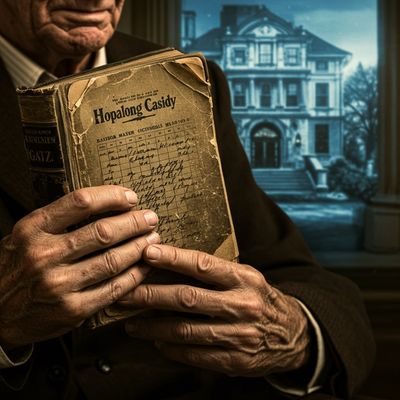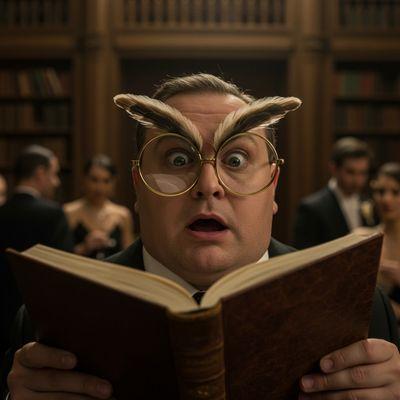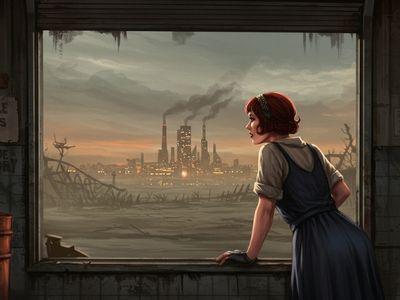Dan Cody Character Analysis: Gatsby’s Corrupted Mentor
In F. Scott Fitzgerald’s The Great Gatsby, some figures cast a shadow far larger than their physical presence on the page. Dan Cody, the millionaire yachtsman and “pioneer debauchee,” is one such character. Though he never appears alive in the novel’s present timeline, his story is the foundational myth upon which James Gatz builds the […]
Dan Cody Character Analysis: Gatsby’s Corrupted Mentor Read More »




